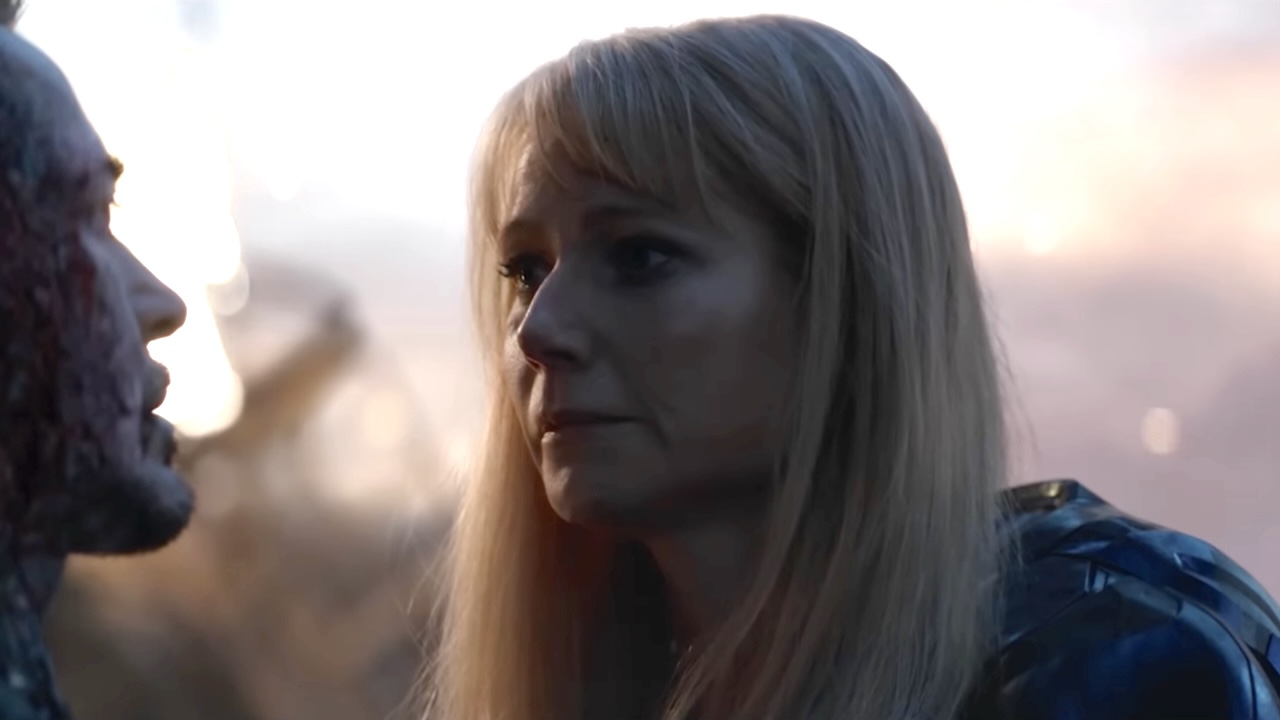Titanic: 8 Important Characters Who Existed In Real Life

It's hard to believe that it has been 108 years since the RMS Titanic sank in the frigid waters of the North Atlantic Ocean and nearly 23 years since James Cameron's Titanic introduced the world to the timeless love story of Jack and Rose aboard the doomed ship. In addition to the riveting romance, the 1997 box office juggernaut also featured one of the most memorable depictions of the ill-fated ship and its many historical figures like the Unsinkable Molly Brown.
But Mrs. Brown wasn't the only character who existed in real life. In fact, dozens of Titanic's most important passengers were seen in the Academy Award-winning film, though some received more screen time than others. I know that a lot of us haven't seen Titanic in some time and have forgotten all of the film's details outside of the story of Jack and Rose, so let's take a look at the important characters from the movie who existed in real life.
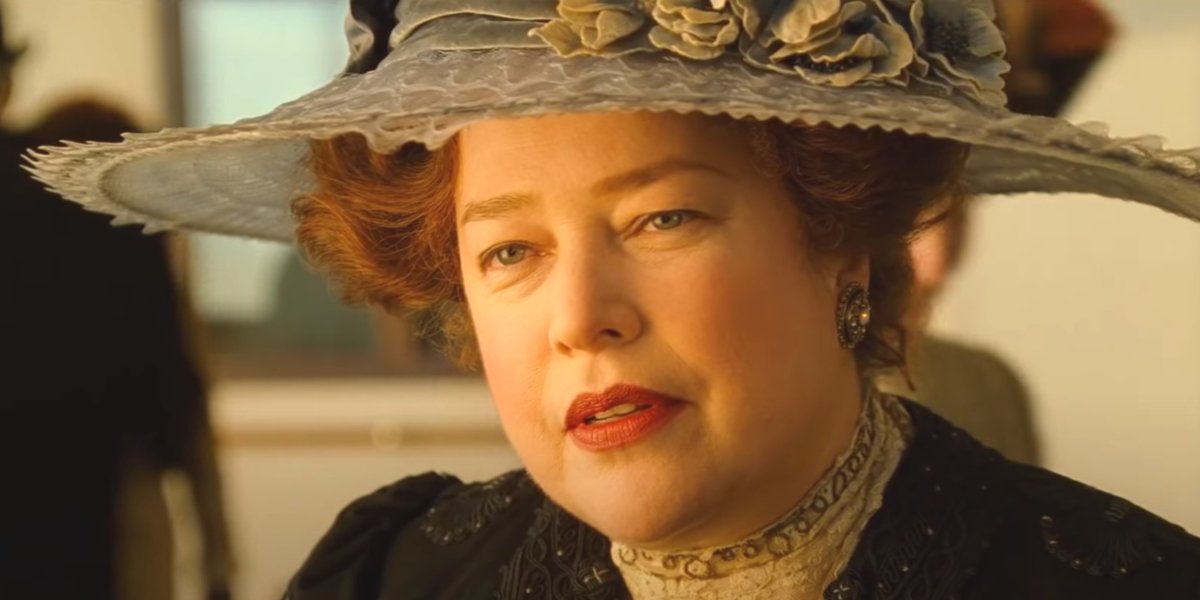
Margaret "Molly" Brown
Though not known as "The Unsinkable Molly Brown" until well after her death in 1932, Margaret "Molly" Brown is perhaps the most memorable historical figures on the real Titanic and James Cameron's blockbuster on the doomed ship. Brown didn't grow up rich but came into wealth later on in life and did everything from running for the U.S. Senate to becoming an actress.
How She Was Portrayed In The Movie: Throughout Titanic, Molly Brown, who is portrayed by Kathy Bates, is the voice of reason in a number of different conversations and situations, including the famous dinner scene and more notably during and after the sinking of the ship during which time she is seen fighting with the crew to go back and save more passengers from drowning or freezing to death in the Atlantic. The latter of the two scenes draws from real life accounts of Brown's actions in the hours following Titanic's sinking.
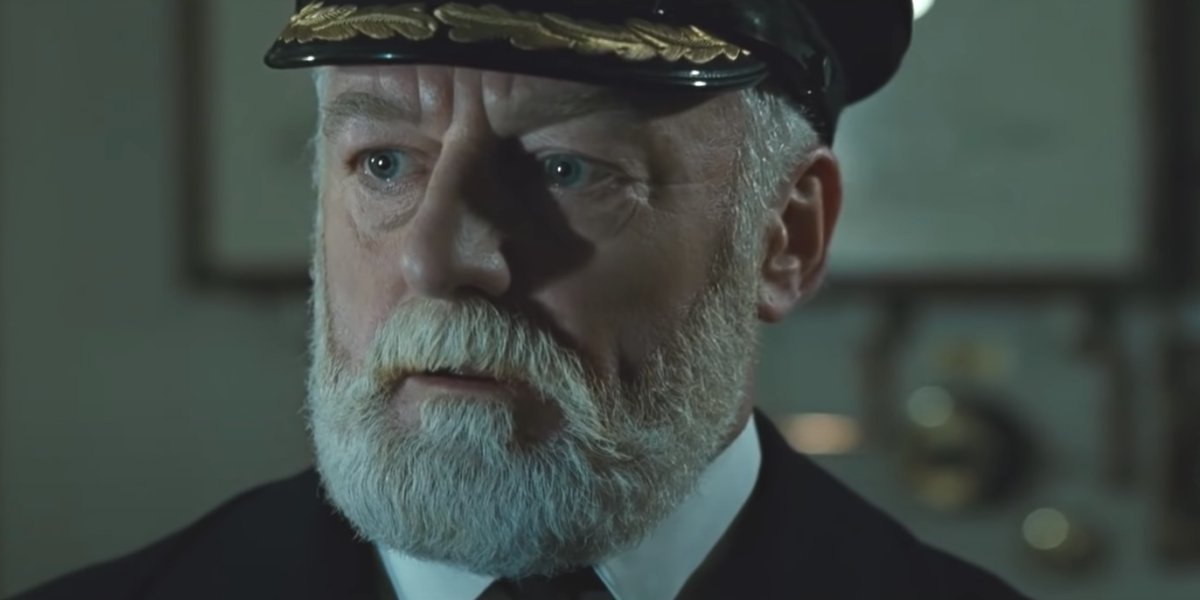
Captain Edward John Smith
Captain Edward John Smith was the captain of the Titanic on its maiden voyage and would go down with the ship 400 miles east of Newfoundland on that fateful April 1912 night. In the years following his death, there were conflicting reports whether Smith planned on retiring after Titanic completed its voyage.
How He Was Portrayed In The Movie: Captain Smith is portrayed by veteran English actor Bernard Hill in the 1997 film. Hill's depiction of Smith ends with the captain standing in the wheelhouse of the ship awaiting his certain death before the waters come crashing through the window. Several reports from survivors state that Smith did in fact retreat to the wheelhouse in the early morning hours on April 15, 1912.
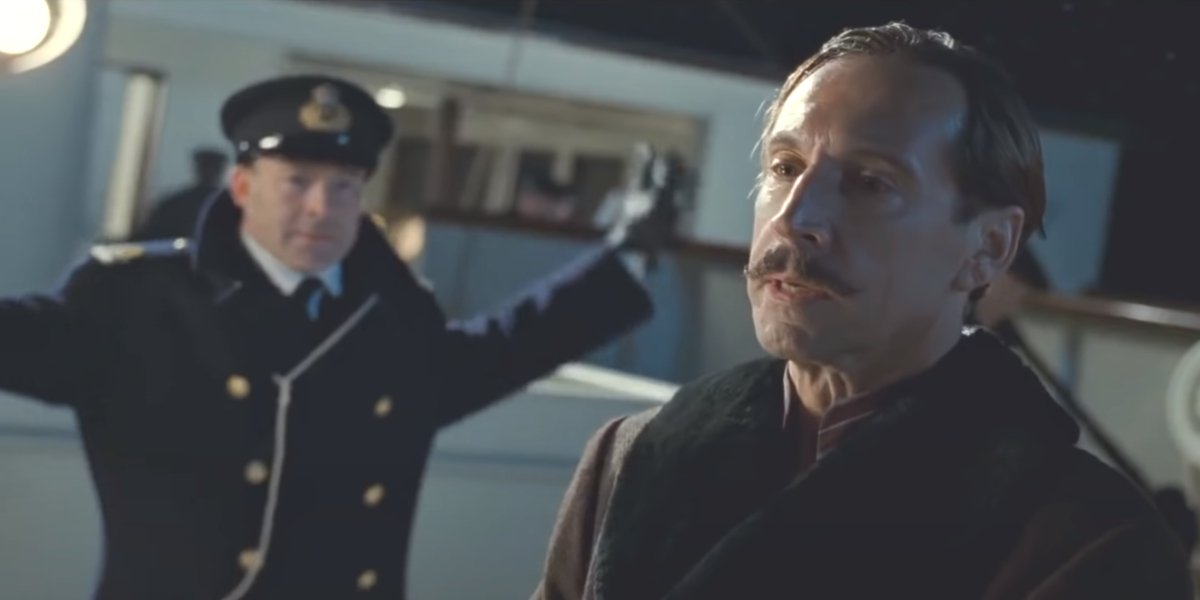
Joseph Bruce Ismay
Joseph Bruce Ismay was the real life chairman and managing director of the White Star Line, which owned and operated Titanic. Often portrayed as a villainous and cowardly figure in his many depictions over the years, Isamy was the highest-ranking of the shipping company to survive the disaster.
Your Daily Blend of Entertainment News
How He Was Portrayed In The Movie: Besides Cal Hockley (Billy Zane), Ismay is the closest thing to a villain Titanic had, and boy, was this guy a piece of work. By all accounts, Jonathan Hyde's portrayal of the White Star Line chairman is pretty spot on, including the cowardice the character shows in the final moments of his prized ship when he sneaks aboard a lifeboat. One point of contention, however, comes from a scene in which Ismay pressures Captain Smith to speed things along to make better time.

Thomas Andrews
Thomas Andrews was a British businessman and shipbuilder who was responsible for overseeing the plans and construction of Titanic.
How He Was Portrayed In The Movie: In the film, Andrews is played by Victor Garber who portrays the shipbuilder as cool, calm, and collected figure amidst the chaos of the ship's sinking. The movie last shows Andrews questioning himself as to why he didn't do more to design a stronger ship that could have survived a collision with an iceberg. Real life accounts of Andrews' final moments differ, however, as some have the British businessman staying in the smoking room while others claim he was last seen throwing deck chairs into the water to serve as floatation devices for passengers.
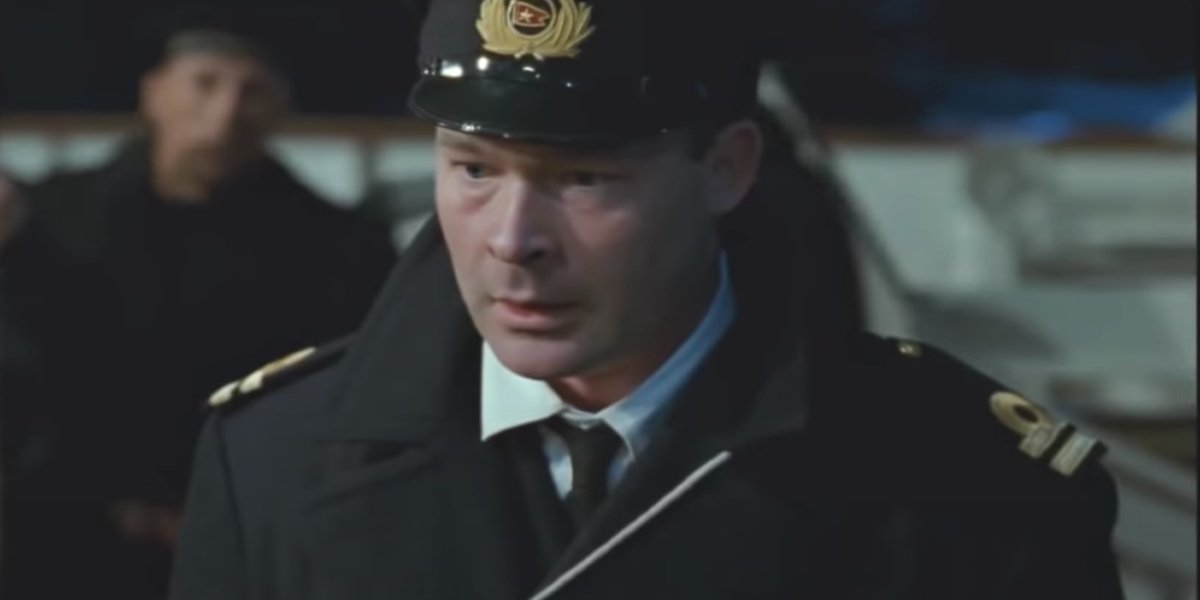
William Murdoch
William Murdoch was the first officer of the Titanic and was running the ship on the night it sank. In the years following the sinking of Titanic and preceding the 1997 movie, the circumstances of Murdoch's death have been in dispute.
How He Was Portrayed In The Movie: In the movie, Murdoch is portrayed by Mark Lindsay Chapman, and comes across as a man with a good head on his shoulders until after the ship hit the iceberg in the North Atlantic Ocean, and he is seen shooting at several passengers before committing suicide on the deck of the ship. According to BBC News, Murdoch's family was so upset with the first captain's portrayal that Fox vice president Scott Neeson personally delivered an apology and made a donation to a local school that was raising funds to honor Murdoch.
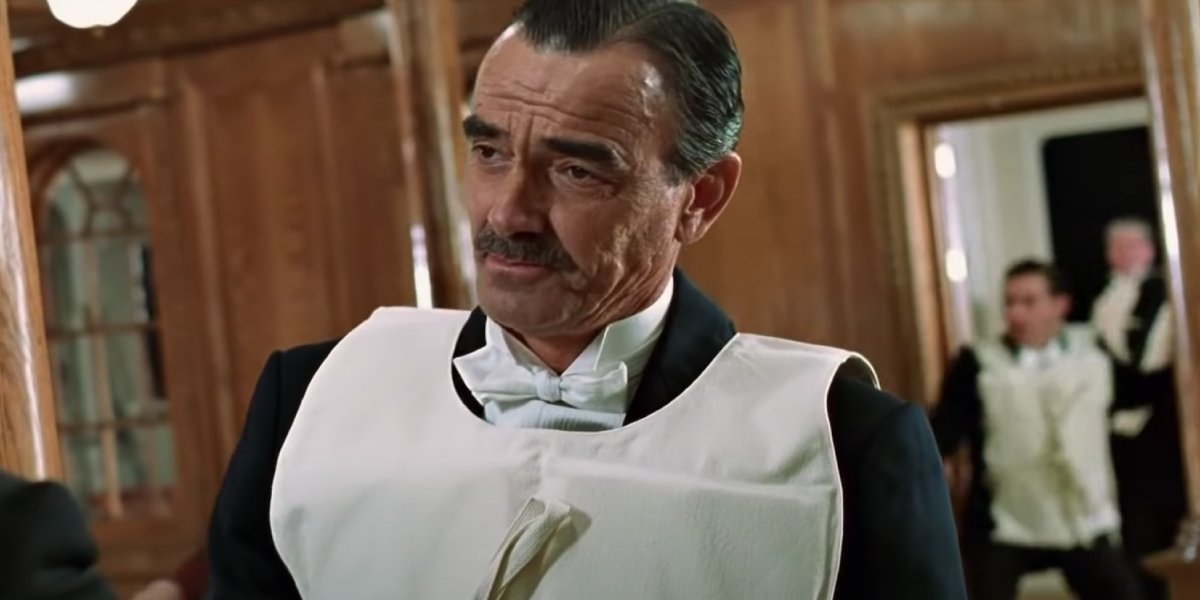
John Jacob Astor IV
John Jacob Astor IV was one of the most prominent passengers onboard the Titanic when it sank into the frigid waters back in April 1912. The American businessman, real estate developer, and lieutenant colonel in the Spanish-American War remained on the ship as it sank to the bottom of the ocean.
How He Was Portrayed In The Movie: Astor is portrayed by Eric Braeden in James Cameron's 1997 feature film, and is featured during the iconic dinner scene in which Rose tells Jack that he is the richest man on the ship. This was confirmed by a 1913 article in the Herald-Journal which listed Astor's estate at nearly $87 million, which would translate to $2.3 billion in modern times.
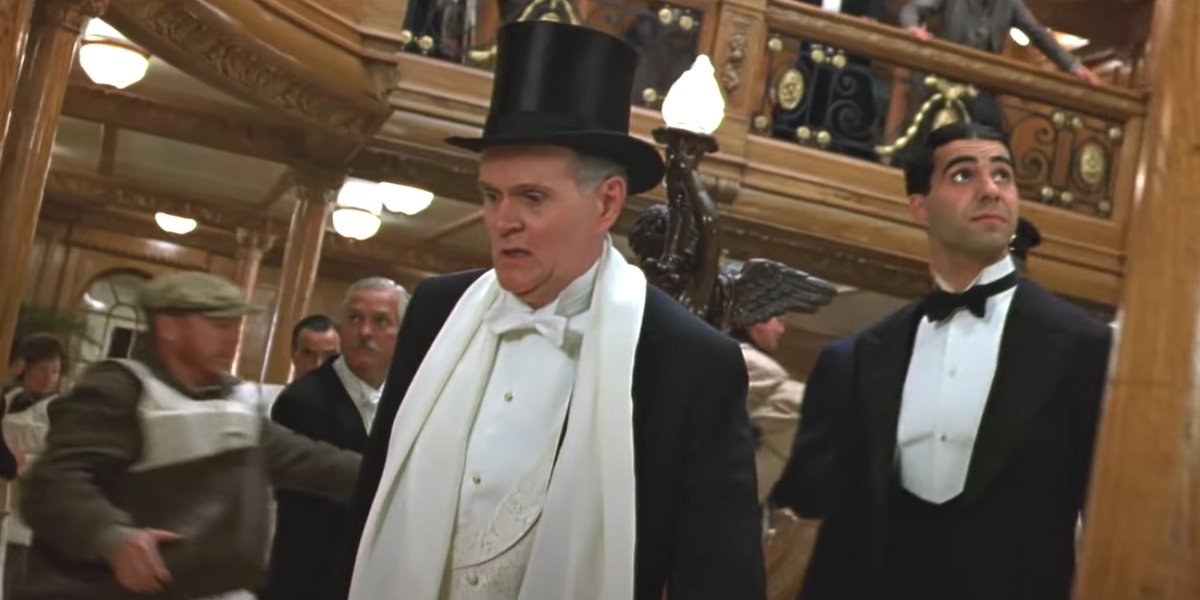
Benjamin Guggenheim
Benjamin Guggenheim was a successful mining magnate who perished aboard the doomed ship. Like many others, the wealthy American businessman's body was never recovered from the Atlantic Ocean.
How He Was Portrayed In The Movie: Guggenheim is portrayed by Michael Ensign in the 1997 disaster film, and is last seen in the final moments of the ship's short life accepting his fate like the gentleman he was. This portrayal was drawn from several accounts, including the New York Times (via Encyclopedia Titanica) of Guggenheim helping passengers escape before going back to his quarters, putting on his finest clothes, and prepared to meet his maker.
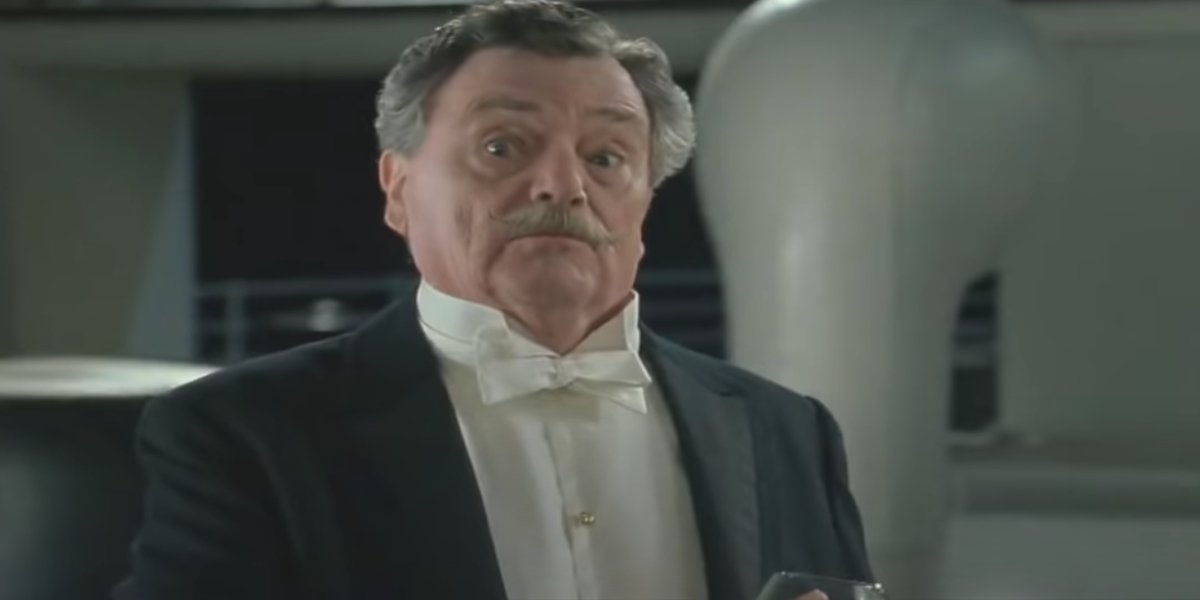
Archibald Gracie IV
Archibald Gracie IV was an American real estate investor, writer, and soldier who survived the sinking of the Titanic by climbing aboard an overturned lifeboat. Despite making it out of the ordeal alive, Gracie died in December 1912, just eight months after escaping the doomed ship.
How He Was Portrayed In The Movie: Gracie is portrayed by Bernard Fox in the 1997 film, where he is only seen a handful of times including immediately after the Rose's suicide attempt.
Those are just eight characters from James Cameron's Titanic that existed in real life. Some depictions were given more screen time than others, but all helped add a level of realism to the box office smash hit. And for all things Titanic, make sure to check back with CinemaBlend, even if it's to see if there's a definitive answer the "Door" debate.

Philip grew up in Louisiana (not New Orleans) before moving to St. Louis after graduating from Louisiana State University-Shreveport. When he's not writing about movies or television, Philip can be found being chased by his three kids, telling his dogs to stop barking at the mailman, or chatting about professional wrestling to his wife. Writing gigs with school newspapers, multiple daily newspapers, and other varied job experiences led him to this point where he actually gets to write about movies, shows, wrestling, and documentaries (which is a huge win in his eyes). If the stars properly align, he will talk about For Love Of The Game being the best baseball movie of all time.
